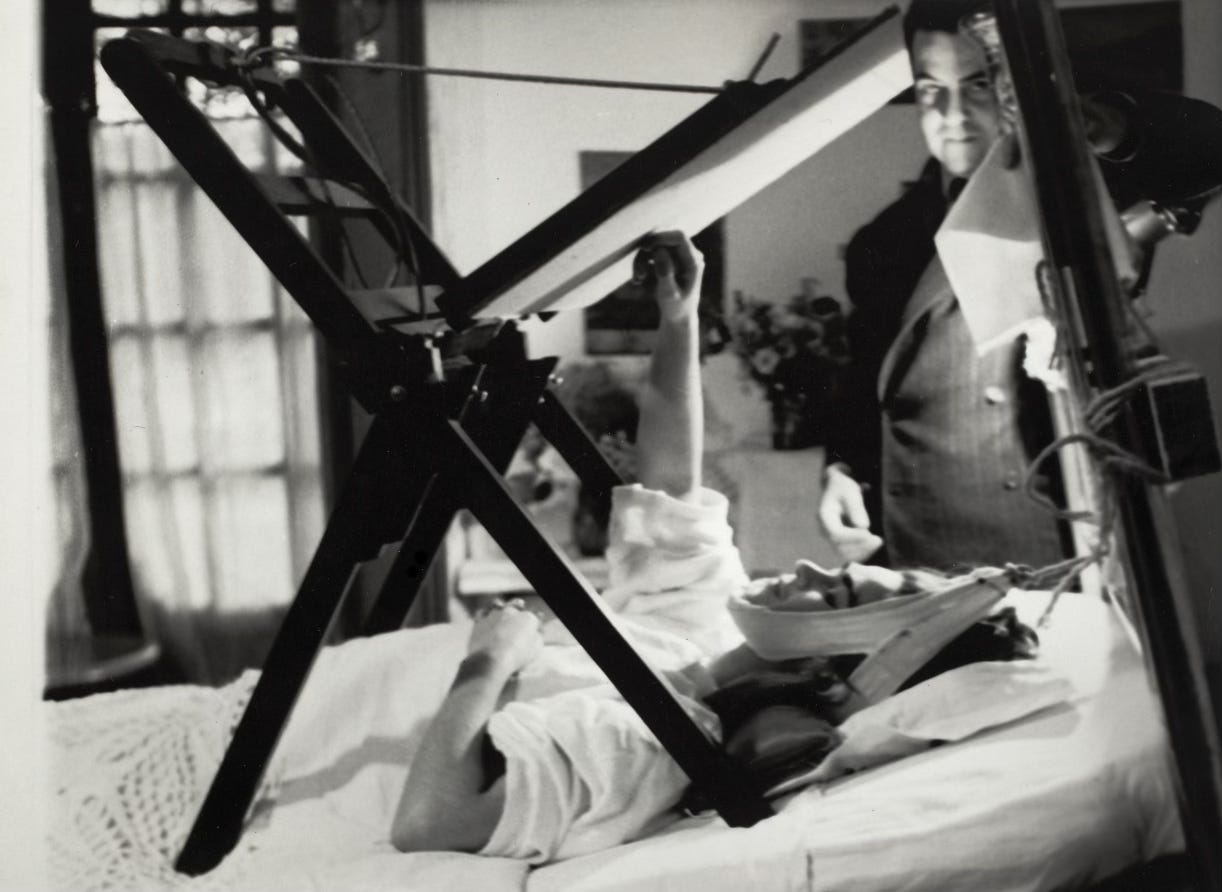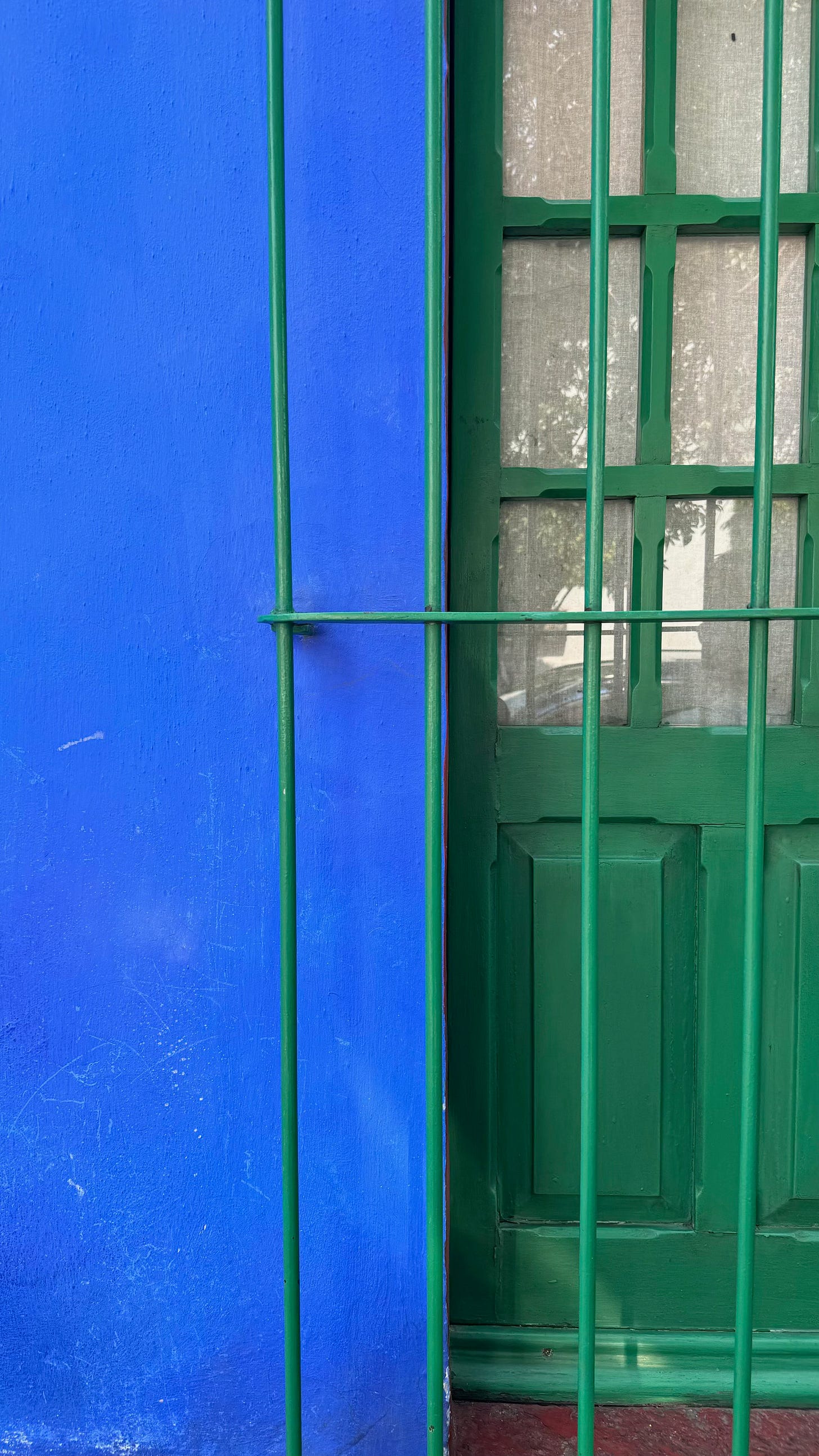Aaaaand we’re back.
Hey my fine DT/GUT peeps.
I want to start by saying “Happy mother’s day!” to all the mama’s in the world. Becoming a mother is an inherently optimistic act. Maintaining that optimism is especially tough these days. But you crazy moms continue to nurture, despite all the fear and doubt. Thank you, moms. I shared some art about motherhood by the great artist (and mother) Kathe Kollwitz over on IG and wrote a wee bit- see/read it here. ❤️
Last week’s unexpected stop into the land of electrolytes wasn’t great, but your GUT “postcards from the edge” drawings made it worth the detour. Almost. (Check out everyone’s drawings here, and a selection of member drawings are featured at the end of this dispatch.)
Needless to say, I’m happy to be back in the saddle with y’all this week.
DrawTogether GUT member MEETUP: THANK YOU everyone who came out to the IRL Bay Area GUT meetup yesterday. It was a blast. We literally spent two hours talking about art supplies, drew, painted and swapped blind contour portraits of each other. ART NERDS UNITE. Since hundreds (!) of people around the world have signed up to do local meetups, we are going to explore using another platform to organize IRL DrawTogether meetups world-wide this summer. Stay tuned.
Now let’s get into it.
At Home with Frida Kahlo
Before I got struck with The Stomach Bug, Kyle1 and I visited Mexico City and made the pilgrimage to visit Casa Azul, the cobalt blue-painted family home of artist Frida Kahlo. It’s the house where she was born (or so she says), where she and Diego lived most of their lives together, where she worked, and where she died. After Frida passed, the house was turned into a museum dedicated to her life and art. It is open to the public. And my god is it worth the trip.
I’m going to take a leap and assume most DrawTogether peeps are familiar with the life and work of Frida Kahlo. But just to be sure, here’s a little background:
Frida, born Magdalena Carmen Frida Kahlo y Calderón (what a name!), was a Mexican artist. Her father was of German descent, her mother Native American and Spanish. She was born in 1907 in Mexico, and had a uniquely challenging personal life, which she channelled into a terrifically prolific creative life.
Disabled by polio as a child, she was always creative, drawing and painting alongside her father, and became interested in becoming a doctor and maybe even a medical illustrator. Her dream cut short when, at the age of 18, she was in a terrible bus accident. Her injuries were severe: her “pelvic bone had been fractured and [a metal handrail] punctured her abdomen and uterus. Her spine had been broken in three places, her right leg in 11 places, her shoulder was dislocated, her collarbone was broken, and doctors later discovered that three additional vertebrae had been broken as well.”2
Bedridden for months recovering in a full-torso cast, unable to move, she had an easel set up in bed so she could paint.
This is when she began painting the self-portraits she became so famous for, and that occupied most of her artistic life till she died at the age of 47.
After the accident, Frida had a special bed built that contained a mirror above so she could see herself and paint self-portraits while lying in bed.
In her studio, she had a specially made easel given to her by Nelson Rockefeller (!) that could accommodate a wheelchair.
It was here, in this blue house, where Frida recovered, fell in love with muralist Diego Rivera, where they lived, where they worked, made incredible paintings, where she grew as an activist, where she hosted people from around the world, and where she died…. All in Casa Azul.
Which brings me back to the house itself. This magical place. And to a question that I’ve always wondered about in general, and specifically with this house here: What role does the home play a role in the artwork that Frida Kahlo made? And, if it does, then what exactly made her home inspire such abundant, relentless creativity?
How can a home inspire creativity?
I’ve long wondered what it means to create an artistically inspiring home. As artists, how can we create a space that inspires us to make things? Does it just come naturally, or are there deliberate choices we can make to nurture our art (and the creativity of others in the home as well.) I wrote a little about how Ruth Asawa did that in her San Francisco home… and how Georgia O’Keeffe did this at Ghost Ranch… as I walked through Frida Kahlo’s house these questions returned.
Kyle and I each snapped a hundred photos3 during our two plus hours combing the corners of Casa Azul. Looking through them now, a week later, I notice four elements that are consistent throughout the house, that together feel like strong creative foundations for Frida’s work:
Color. Light. Collections. Materials.
Based on my own experiences in artist’s homes - my own and others - when these four things are present, we feel like we’re in a creatively charged space. Maybe these things are in fact magic ingredients for a creative home? I don’t’ know, but they feel like it to me... Let’s take a look at how they manifest in Casa Azul, and please let me know what you think about these four elements, and what you think makes for a creative living space.
Color
Casa Azul = Blue House. From the outside in, this whole home is color color color. The exterior primary palette is cobalt blue (or ultramarine, maybe?), red clay, and emerald green.
On the inside: the yellow of the kitchen floor, the terracotta of the studio…
These environments jolt you awake, dazzle your eyes. Unlike the clean, drab beige and white wall aesthetic so popular these days, these situs beg for you to plop down in, grab something - a book or some paints or a pot or pan - and join right in. It screams “a living breathing person lives here - they made this!” It makes you think, “Hey, I could do that!” This house tempts you to pick up a brush and MAKE SOMETHING.
Well, I think it does, at least. Maybe you disagree.
Reflection: How does a colorful home like this make YOU feel? How colorful is your home? Is that deliberate? What colors do you choose and why?
Light
As we know from earlier DrawTogether GUT lessons, color cannot exist without light. Nor can much else creatively speaking, honestly.
Studies show natural light is crucial to emotional wellbeing. People exposed to high amounts of light during the day have a 20% reduction in the risk of depression, and that warm light is more conducive to creativity than cool light.
Natural light also seems to be one of - if not the - the most important environmental consideration for a visual artists’ work space. It only makes sense that Casa Azul is all windows, top to bottom, and flooded with natural light throughout.
Yup, those walls above Friday in that photo above are alll windows. And those windows are her studio and bedroom. She must’ve made a lot of art, and not gotten a lot of sleep. ;)
I can only imagine with all the personal darkness that Frida faced (her terrible health issues, drastic ups and downs with Diego), the consistent bright, natural light helped her keep going. Looking out onto an open, bright expanse can help us keep hopeful. To imagine a bright future, literally. Light makes it possible for us to see. And create.
Reflection: How important is light to you? How does light affect your mood? How about your art? Do you draw or paint in a well-lit space? Does natural light important? Or will well-balanced bulbs do? Or does it not matter?
Collections
Remember we did an epic lesson on artist’s collections earlier: Georgia O’Keefe’s shells, Maira Kalman’s onion rings (!)… While there are exceptions to every rule, most visual artists I know love STUFF. We are tactile, visual people who often attribute meaning to objects. We see stories. We seek beauty. Our imagination and explorations are inspired by things we see, we pick up, we place. We clutch our stories to our chest.
And so, we collect.
Friday and Diego were both big collectors of art. Traditional art, local art, ancient art, contemporary art… Casa Azul is filled to the brim with objects. Some of them hang on the wall. Some sit on shelves. Some are in cases. Some are on the floor. Some are joyful. Some desperate. Some radical. Some somber. Some silly. And so many of them show up in Frida’s paintings.
Looking at the objects in Case Azul - many of them traditional artworks - one gets the feeling they were an endless source of delight and inspiration. Maybe like Hockney’s dogs, Frida’s fetishes were often her models, ready and willing to sit for the artist.

Reflection: Do you collect objects? Or are you anti-stuff? If you do you collect objects, what do you collect? Do you use them in your artwork? How? Do you see collecting as an art form or part of your creative process? Or is it just aesthetic consumption?
Last one:
Materials.
Not everyone has a full blown studio in their home. But a lot of us have spaces in our homes we use as studios. Kitchen tables, desks, drawing boards while sitting on a sofa. Wherever we make, one thing that seems to be a theme in creative homes is accessibility to materials. Having art supplies just lying around seems to be key to consistent creation. There should be nothing in between us and the materials we use to create.
Kind of the opposite of putting snacks out of eyesight when we’re trying to curb impulsive eating, I wonder if putting art supplies always in the line of sight helps us keep creating. Like covering the kitchen table in paper to inspire dinner doodling, and keeping a cup of colorful pens next to the computer for future zoom calls, and keeping a sketchbook and pen open in front of the TV…
Here are some photos of Frida’s art studio, including her art supplies:















